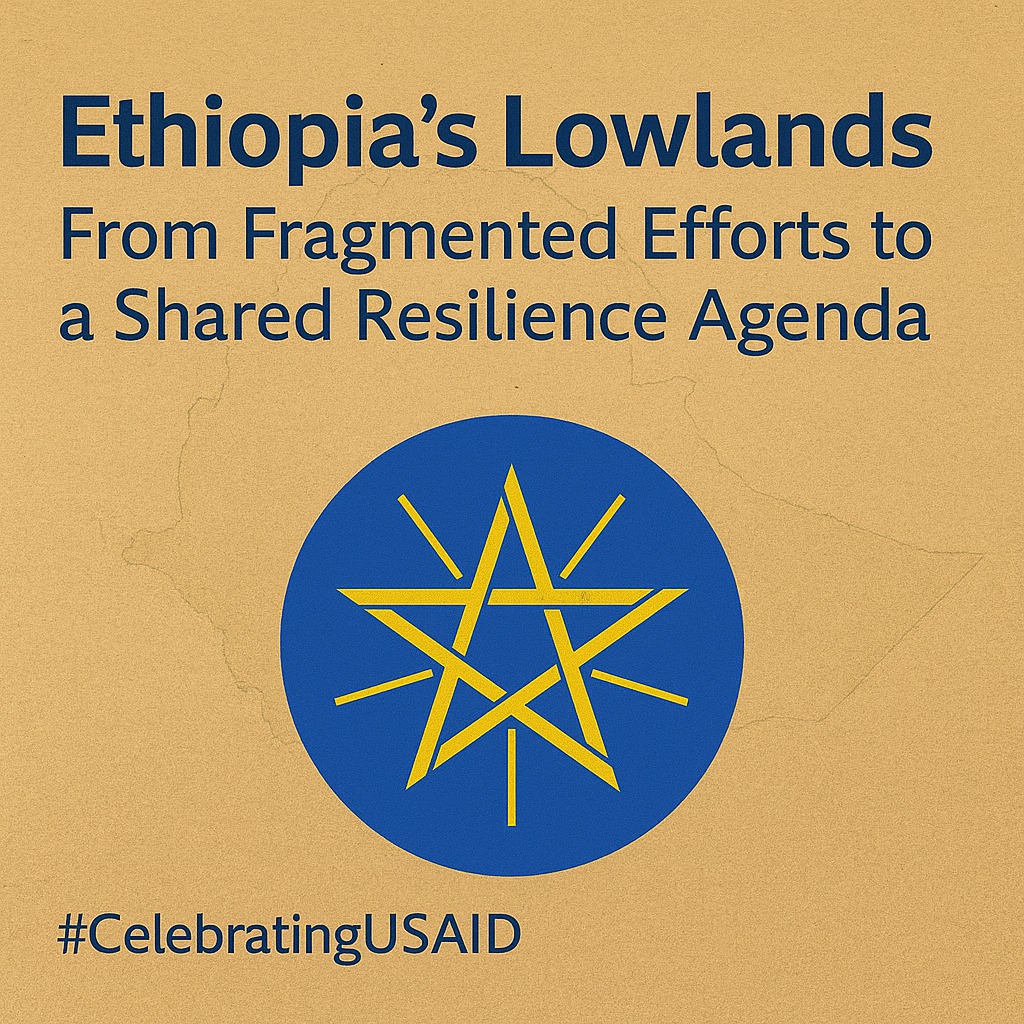The drylands of Ethiopia—spanning Afar, Somali, Oromia, and South Omo—cover more than half the nation’s land and sustain a quarter of its livestock economy. Yet these vast lowlands remain some of the most climate-vulnerable regions on the continent.
To change that, USAID’s Partnership for Lowlands Resilience Activity (PLRA) supported the Ministry of Irrigation and Lowlands (MILLs) and regional governments to move from isolated projects to collective resilience systems — where coordination, collaboration, and communication (the “3Cs”) are the norm, not the exception.
PLRA (for which I had the honor of developing the program description) served as the backbone support for Ethiopia’s lowland resilience architecture — guiding vision and strategy, aligning partners, establishing shared measurement systems, and nurturing learning and policy coherence across donors, government, and communities.
What this looked like on the ground:
✅ Partnerships with purpose – MILLs, World Bank, IFAD, USAID, and regional bureaus co-designing integrated action plans so that humanitarian, development, and peacebuilding programs reinforce one another.
✅ Layered resilience – Woredas where three or more coordinated interventions are implemented show far stronger recovery from droughts, echoing evidence from the PRIME study where such households experienced 50% less food insecurity during the 2015–17 drought.
✅ Local leadership strengthened – Woreda and regional secretariats now lead coordination, backed by mentoring and data systems that ensure every project aligns to local plans.
✅ Shared learning systems – Real-time data dashboards, joint monitoring, and “pause-and-reflect” forums ensure that adaptation happens continuously, not after crises.
✅ Sustainability through structure – The PLRA’s backbone model is institutionalizing how Ethiopia manages resilience — reducing duplication, linking policies to practice, and building confidence that coordination saves both lives and resources.
This is collective impact in action — the quiet infrastructure behind Ethiopia’s journey from vulnerability to shared resilience.
Mark Henderson, Jennifer Karsner, Dubale Admasu, Jennifer Maurer, Tim Frankenberger, Greg Collins, Tiffany Griffin, Nathaniel Scott

Want to share with a friend?
Tags:
No responses yet